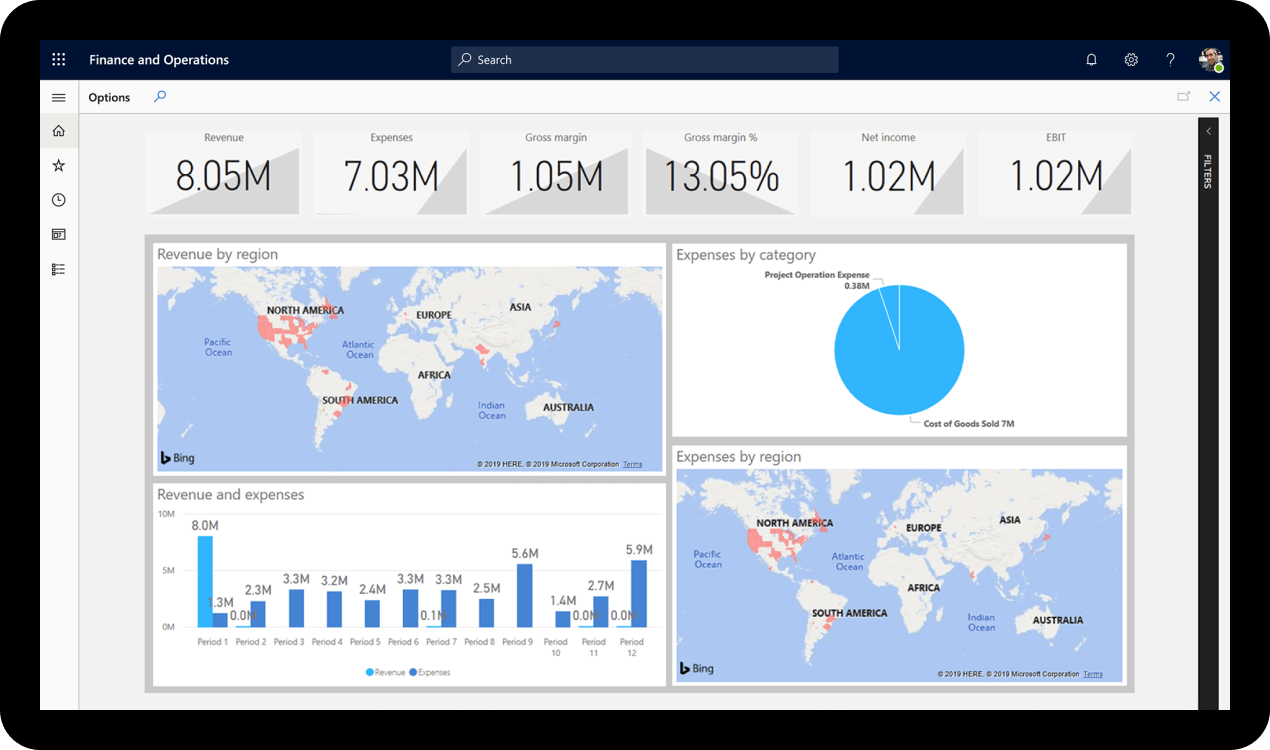A Brief History of Customer Relationship Management (CRM)5 min read
Any history of Customer Relationship Management (CRM) software will end with the story of its ubiquity. In fact, some research shows the proportion of companies with more than 11 employees using CRM to be as much as 91%.
CRM systems enable analysis of customer data to pin point the most relevant products and services to drive sales. Technological improvement have led to the software becoming an essential part of the sales process over the past few decades. In turn, this has helped companies increase profitability and sales efficiency.
On average, 65% of a company’s business comes from current customers, according to Gartner. Retaining these customers is vital. In fact, attracting new customers can be five times more expensive than retaining existing customers. So let’s reflect on a brief history of CRM to understand what the future holds.
A brief history of CRM: the 1950s

The 1950s saw the emergence of the Rolodex which would become a staple in offices in the coming years. The Rolodex allowed companies to rotate through paper records of customer data, whilst also allowing it to be easily updated.
This offered firms an easy way to store customer information, including information traditionally shared on business cards. While this way of storing data proved useful to a degree, bigger companies still struggled to manage their customer data.
A brief history of CRM: the 1970s
The 1970s saw the birth of digitised customer information after significant improvements in technology. This made it more affordable to large firms as well as SMEs.
While this reduced time needed to search for data and reduced storage space, CRM was still immature. It could only categorise rudimentary information such as organising customers into basic spreadsheets and lists.
A brief history of CRM: the 1980s

CRM as we know it today was first introduced by Kate and Robert Kestnbaum in conjunction with Robert Shaw, leading to the creation of Database Marketing. Database marketing, a form of direct marketing, collects and analyses customer data using statistical modelling enabling marketers to send customised communications that are unique to their existing customers’ individual needs and behaviour, creating marketing campaigns of which their customers are most likely to respond to.
Through the 1980s, CRM software started to become more mainstream. Microsoft windows and a broad variety of software became available to both business and households, leading to the proliferation of CRM software use. By late the 80s, ACT was launched, a contact management software which allowed more sophisticated contact management to be performed as well as support management of customer data, and support some analytics. The development of ACT created the opportunity to customise communications digitally. Although, when first launched the system was quite complex and hence hard to operate.
A brief history of CRM: the 1990s
CRM improved by leaps and bounds in the 1990s. Many new products designed to manage customer data were introduced, predominantly by large sales software firms such as IBM. One of the largest influences on CRM in the 1990s was the breakthrough of the creation of the Wifi. The introduction of wireless internet meant firms were able to access digital tools easily and distribute marketing via email with personalised messages.
By the late 90s firms began to realise the potential of cloud-based solutions and services, which proved themselves to be a cheaper alternative to the previously large complex on-premise systems. Salesforce pioneered the first software known as SaaS CRM in the form of a service. The company initially targeted SME’s, but soon developed to also cater for larger business.
A brief history of CRM: the 2000s
Microsoft entered the CRM market next and simultaneously became a leading player with its Dynamics software. By late the 2000s social CRM started to emerge by virtue of the growth of social media use, which allowed companies to become more accessible to their customers and hence making it easier to communicate to customers through their preferred channel, helping to develop better customer relationships.
A brief history of CRM: the 2010s
CRM has now evolved to offer integrated business solutions on a single platform, such as Dynamics 365, engineered by Microsoft. Now companies can use Dynamics 365 which can seamlessly communicate across other business solutions, such as finance, removing the challenge of data silos across the business.
CRM solutions are now not simply databases but solutions to manage end to end customer processes which especially help companies looking to improve standards of customer experience which is a growing trend. With the explosive growth in the volume of data that companies have to manage, there has been a growing demand and support for reporting, and general data analysis to help identify trends and assist employees and business leaders make better decisions.
2020 and onwards!

Trends show cloud based solutions are proliferating. They are becoming increasingly essential to firms and it’s a high growth industry. Experts are expecting increased use of intelligence tools such as AI integrated with CRM. Demand for data scientists will also increase to assist with leveraging the growing value to be gained from these vast repositories of data.
Intelligence tools, such as the AI-driven Power Automate, create more accurate customer insights, enabling better sales strategies. The CRM market is set for continued high growth, with firms continuing to invest in CRM to increase sales and marketing success and support other high growth strategies. CRM will continue to help companies remain competitive and improve customer service, to gain greater customer loyalty.
Words by Cloud9 Insight’s Saoirse Jackson.
